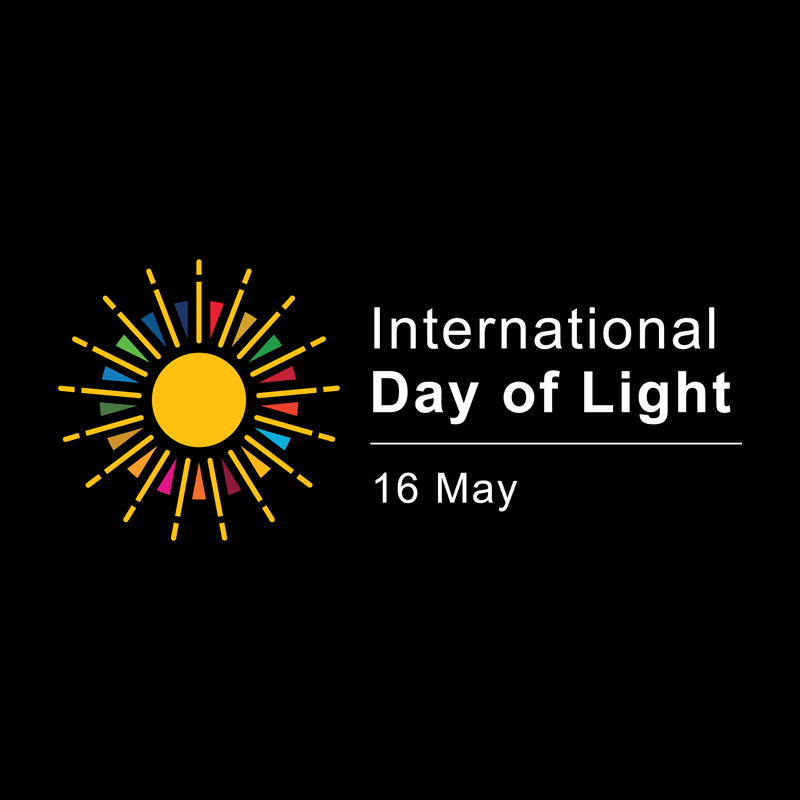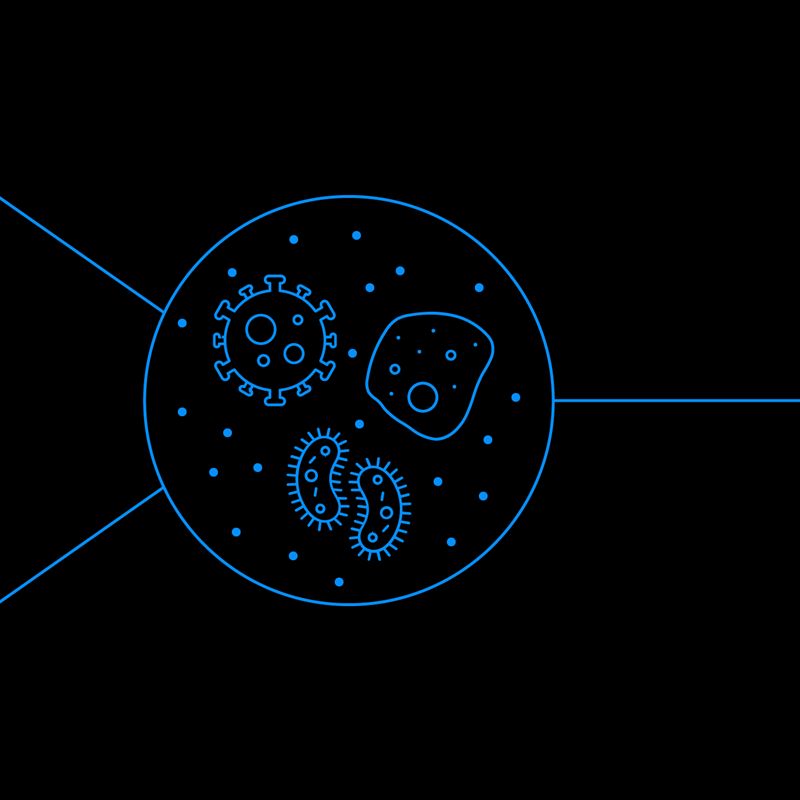Lasers for Sustainability
Optica Blog
Lasers for Sustainability
Jim Kafka, Spectra-Physics/MKS, USA
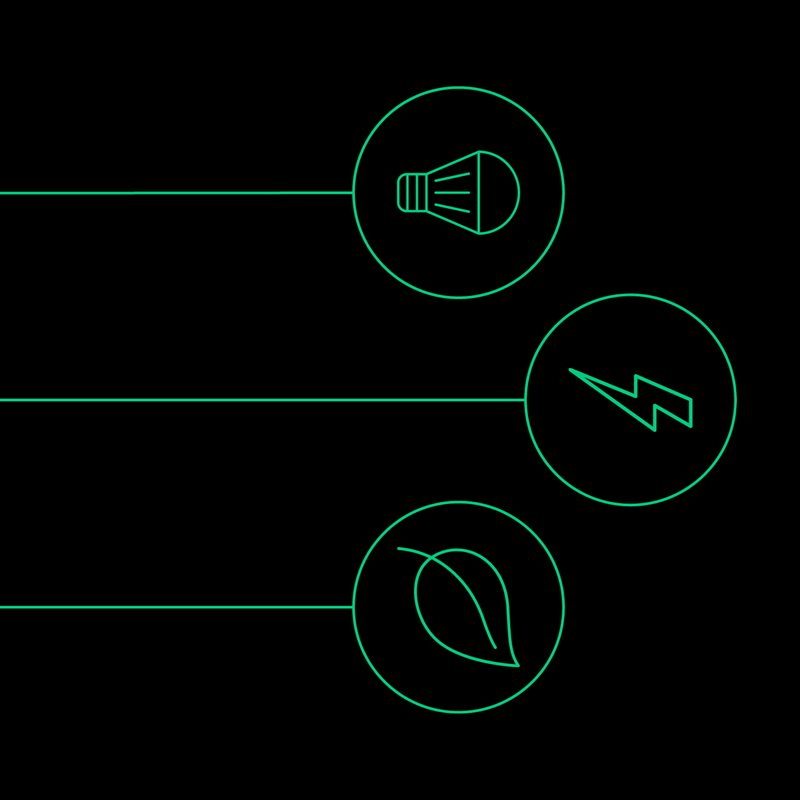

The International Day of Light is held on May 16th every year, a date that marks the anniversary of the first successful operation of the laser by Theodore Maiman in 1960. This pivotal moment changed the course of human history by introducing a technology that has now become widespread in science, industry, and everyday life.
More than six decades later, as we search for solutions to protect our environment and slow climate change, lasers continue to play a critical role. Climate change will impact every person on the planet in some shape or form, according to the United Nations — and for many, the consequences of global warming are already underway.
Human-induced climate change is increasing the frequency and intensity of extreme weather events like heat waves, floods, hurricanes, droughts, and wildfires, as reported by NASA. These disasters threaten the livelihood of millions, with the most vulnerable populations bearing the brunt of the effects. To secure a sustainable future for generations to come, we must act collectively and with the utmost urgency. An integral part of tackling climate change is the transition to green energy and sustainable living. Lasers are, and will continue to be, an indispensable tool for the manufacturing of technologies central to that transition, such as solar cells, light-emitting diodes (LEDs), and lithium-ion (Li-ion) batteries. What’s more, lasers lie at the heart of other technologies, such as optical sensors and lidar-based environmental mapping, that hold key roles in addressing numerous climate challenges such as water supply and food sustainability. In short, the rapid transformation to a more climate-friendly world simply can’t happen without the help of lasers.
Lasers for solar cell processing
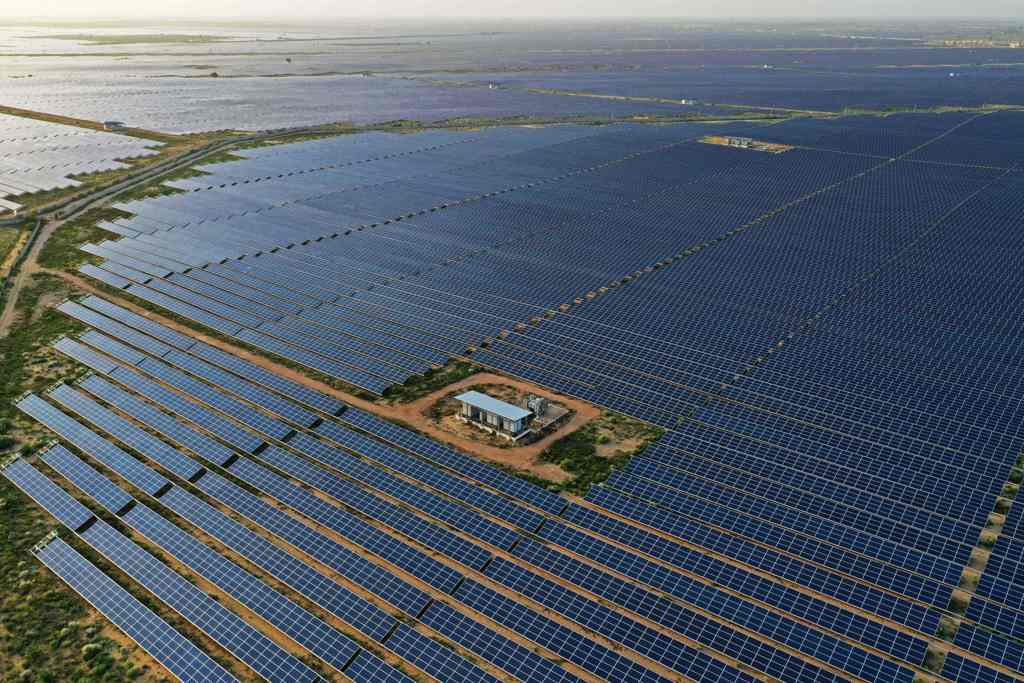
The Badhla Solar Park in Rajasthan, India is the largest in the world with over 14,000 acres of photovoltaic cells. Credit: Getty Images

The Badhla Solar Park in Rajasthan, India is the largest in the world with over 14,000 acres of photovoltaic cells. Credit: Getty Images
When it comes to the green energy transition, solar power is leading the charge more than any other renewable. Cost reductions have led to an explosion in the deployment of solar photovoltaics (PV), with the technology accounting for three-quarters of renewable capacity additions worldwide in 2023. The International Energy Agency forecasts that the installed power capacity of solar PV will surpass that of all other electricity generating technologies, including coal, by 2027. And it is already cheaper to build new solar projects instead of operating existing coal plants.
Progress thus far has been encouraging, but the growth of solar PV needs to continue and scale up for the global energy sector to achieve net zero carbon dioxide emissions by 2050. Industrial lasers have helped to drive forward volume silicon PV production in myriad ways. And laser-based manufacturing is also instrumental for thin film materials such as cadmium telluride and copper indium gallium selenide (CIGS).
Solar cells have, of course, continually evolved since the initial creation of silicon PVs at Bell Labs in 1954. And lasers have often been a key enabler of that progress. A great example is the gradual replacement of the aluminum back surface field (BSF) of standard silicon solar cells with an intricately patterned passivated emitter rear contact (PERC). It’s been demonstrated that PERC technology can generate a several percentage point improvement in power-conversion efficiency (PCE) relative to BSF designs. And lasers, with the ability to rapidly and accurately pattern surfaces at tens-of-microns resolution, have been an essential manufacturing tool for attaining those PCE gains at scale. Lasers will also lie at the heart of the next predicted design iteration, an upgraded, more advanced version of PERC called the tunnel oxide passivated contact (TOPCon) solar cell, which will drive PCEs for silicon PVs still higher and are predicted to dominate within the next few years.
“Lasers will also lie at the heart of the next predicted design iteration, an upgraded, more advanced version of PERC called the tunnel oxide passivated contact (TOPCon) solar cell, which will drive PCEs for silicon PVs still higher and are predicted to dominate within the next few years."
“Lasers will also lie at the heart of the next predicted design iteration, an upgraded, more advanced version of PERC called the tunnel oxide passivated contact (TOPCon) solar cell, which will drive PCEs for silicon PVs still higher and are predicted to dominate within the next few years."
Finally, while lasers occupy a central role in advances for scalable manufacturing of the silicon PVs of today, they likewise underpin the experimental development and manufacturability of new and promising PV materials and technologies of tomorrow, such as perovskite and perovskite/silicon tandem solar cells. Precision laser patterning even drives the processing behind cutting-edge technologies such as so-called solar windows — a potential game-changer for the carbon footprints of large buildings.
Lasers for LED Manufacturing
According to a report by the United Nations Environment Programme (UNEP), electricity for lighting accounts for almost 20% of electricity consumption and 6% of carbon dioxide emissions worldwide. Global energy consumption for lighting is expected to grow by 60% by the year 2030, if no action is taken. Fortunately, there is a straightforward and cost-effective solution that can significantly reduce greenhouse gas emissions.
LED lighting produces light up to 90% more efficiently than incandescent light bulbs. Replacing inefficient bulbs in homes, commercial buildings, vehicles, and public spaces with LED lights has a large, measurable impact on energy savings — and as a result, on greenhouse gas emissions. By 2035, the majority of lighting installations are anticipated to use LED technology, saving an amount of energy equal to the annual output of nearly a hundred 1,000 MW power plants.
“Laser processing has rapidly become more popular, and it is now the industry standard for processing wafers for use in high-brightness LEDs.”
“Laser processing has rapidly become more popular, and it is now the industry standard for processing wafers for use in high-brightness LEDs.”
As the market has grown, there has been strong demand for improved throughput and yield ratios in LED production. Laser processing has rapidly become more popular, and it is now the industry standard for processing wafers for use in high-brightness LEDs. Instead of employing mechanical saws, which can chip or crack the hard materials used in LED devices, laser scribing is a non-contact process that reduces damage to the wafer substrate.
Lasers are used to create a very narrow scribe line, which allows the wafers to then be broken into individual LED devices. Laser scribing LED wafers improves yield by creating much narrower scribe lines than traditional mechanical scribing. This allows the LED devices to be much more closely spaced, improving both yield and throughput, and improves the long-term reliability of the LED devices.
Lasers for battery foil cutting
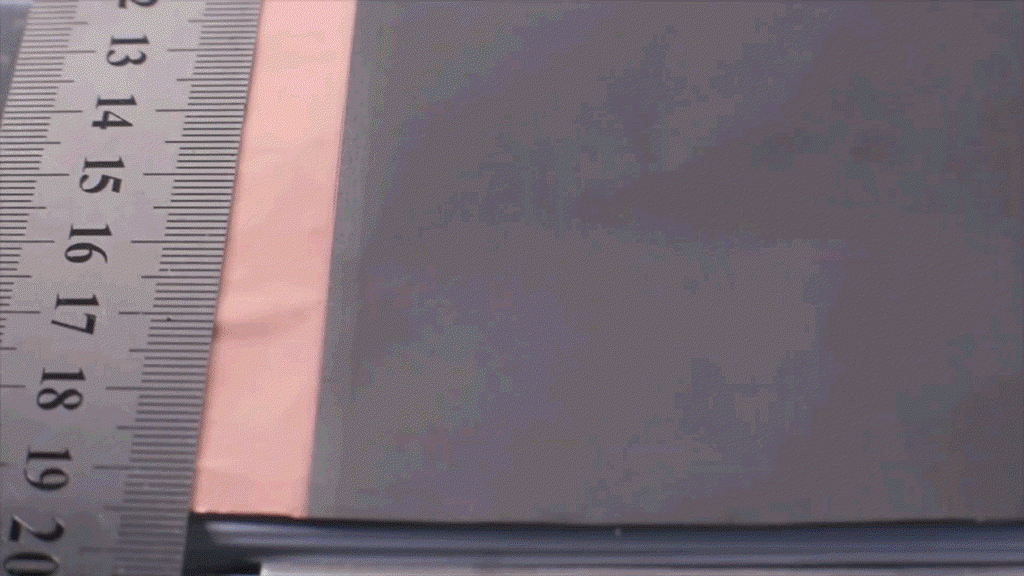
Laser cutting battery foils. Credit: MKS/Spectra Physics.

Laser cutting battery foils. Credit: MKS/Spectra Physics.
Another technology that is essential for a low-carbon future is rechargeable batteries. They will form the basis of electric vehicles (EVs) and are one possible form of power storage for renewable sources like solar and wind. Global demand for Li-ion batteries, already used in laptops and smartphones, is expected to grow by about 27 percent annually from 2022 to 2030.
Lasers are well-suited for addressing a number of steps in the manufacture of Li-ion batteries. For example, the foil-cutting process is when anode and cathode foil strips are cut to a desired pattern as required by the cell design. Laser foil cutting provides many advantages over mechanical foil cutting techniques. It is a high-speed, high-precision, contact-free, cost-effective process with no tool wear, and it enables highly flexible pattern cutting and improved edge quality.
Due to the demand for speed and quality, ultrashort pulse lasers are a natural fit, given their ability to process a wide variety of materials with minimal heating or melting. Laser-cutting of Li-ion battery foil materials is enabling improvement in quality and yield, and hence, reduced manufacturing cost.
One potential issue in the drive toward Li-ion-powered EVs, however, lies in battery disposal, a source of pollution. That underscores the need for technologies enabling batteries that work better and, crucially, last longer. Here again, lasers and light-based technologies are enabling the future—such as fiber optic sensors that use laser light to assess what’s going on inside batteries during development, and even to enable real-time battery diagnostics that help extend working life and facilitate battery recycling.
Light-based technologies have a critical role to play in helping to solve the world’s problems, in diverse areas like sensing, communications, imaging, and computing. I anticipate that their importance will only grow over time, meaning we need more people with different backgrounds to join in these efforts. The more people we have collaborating on optical solutions, the brighter and the clearer all of our futures will be.
Enabling a more sustainable world
In this essay, I have focused on laser-enabled manufacturing for some technologies that will be key to stemming climate change. But that barely scratches the surface of the role light-based technologies, and lasers in particular, have to play in building a better climate future.
Laser-ranging techniques such as lidar, and remote-sensing techniques such as infrared and hyperspectral imaging, are playing a key role in satellite tracking of climate-change dynamics such ice sheet thickness and the health of coral reefs, as well as in studying and preventing climate-change-driven wildfires. They also are increasingly important in aerial and drone-based techniques for monitoring agriculture to improve long-term food sustainability in a warming era. Mid-infrared sensors based on quantum cascade lasers and other laser platforms monitor emissions on the ground in dense urban areas. Lasers enable sensing technologies that can sniff out microplastics and nanoplastics in oceans and lakes. The list goes on and on.
It’s easy to feel overwhelmed when thinking about climate change and its effects on the world. And humanity’s progress in terms of transitioning away from fossil fuels isn’t happening fast enough to avoid some fallout. But we have the tools we need to create a sustainable world, and light-based technologies like lasers play an integral role in this monumental effort.

